The chemical mechanism underlying parrots’ vibrant plumage has been elucidated for the first time. The researchers behind the work hope these new insights will be the first step towards understanding how and why parrots have evolved such uniquely striking colours.
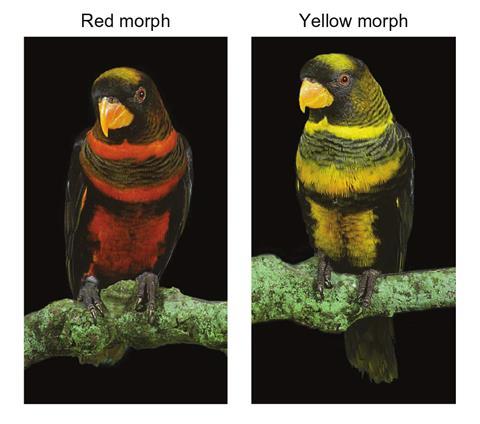
Colouration is an important aspect of communication amongst birds. The majority of yellow and red pigmentation is derived from carotenoids, obtained through the diet and therefore a direct and honest indicator of the health and social status of individual birds. However, parrots, which display some of the most vibrant colouration in the animal kingdom, challenge this conventional explanation.
‘They’re an example of evolutionary novelty,’ says Roberto Arbore, an evolutionary biologist at the Centro de Investigação em Biodiversidade e Recursos Genéticos in Portugal working in the group of Miguel Carneiro. ‘They’ve invented their own pigments called psittacofulvins, present only in parrots and synthesised by local cells in their feathers.’ Relatively little is known about these parrot-specific pigments and the adaptive and evolutionary significance of these intense colours remains a mystery.
Now, in a detailed chemical and genetic study across all seven super families of parrot species, Arbore and an international team have established the molecular mechanism for red and yellow feather colouration and identified the point mutation which regulates this variation.
‘Psittacofulvins are polyenes with either aldehyde or carboxyl end groups,’ explains co-author Jindřich Brejcha, a pigment chemist at Charles University in Czechia. ‘We see a mixture of carboxylic acids and aldehydes in all of the feathers but the important thing is the ratio. In the red feathers, there’s much more aldehyde present and in the yellow, much more carboxylic acid.’
It was previously believed that these pigments existed solely as aldehydes, formed in a synthetic cycle combining the biological building blocks malonyl CoA and acetyl CoA and regulated by the enzyme polyketide synthase. However, the team’s identification of the yellow carboxylic acid form suggested this cycle was just part of a more complex chemical pathway.
To identify the missing step, the team performed genetic analyses of 57 dusky lories, a parrot species native to New Guinea which unusually exhibits two distinct colour polymorphs – red and yellow. The analyses revealed a point mutation in the aldehyde dehydrogenase gene, which corresponded to a change in the expression of the enzyme. ‘The aldehyde is transformed by the action of the protein into a carboxylic acid so the ratio of psittacofulvin forms depends on the regulation of the protein by that gene,’ explains Brejcha.
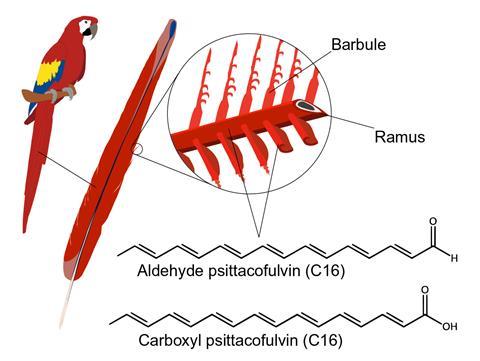
Other researchers in the field are already posing additional questions to build on the work. ‘This research is really impressive in terms of the suite of approaches ranging from genetics to spectroscopy used to address the mystery of how parrots produce some of the most vibrant colours in the animal world,’ says Jarome Ali, an evolutionary biologist at Princeton University, US. ‘It will be very interesting to see how this colouration mechanism is controlled during development to produce the multicolour patterns within feathers that some parrots have.’
‘It’s a real technical tour-de-force,’ adds Matthew Shawkey, a structural colour biologist at the University of Ghent in Belgium. ‘I think unravelling how the pigments might interact with structural colours would be interesting.’
References
R Arbore et al, Science, 2024, DOI: 10.1126/science.adp7710






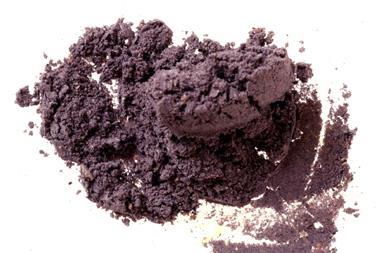
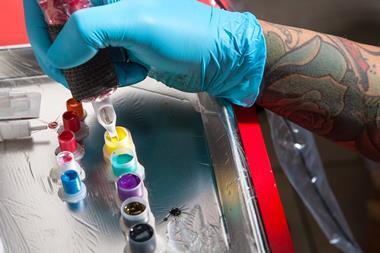
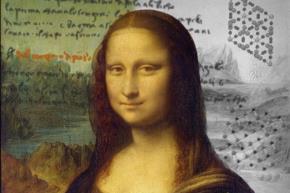

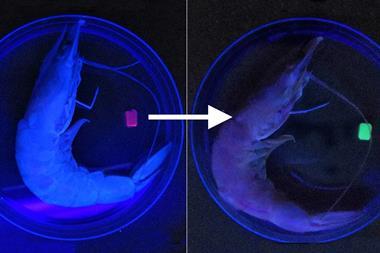






No comments yet